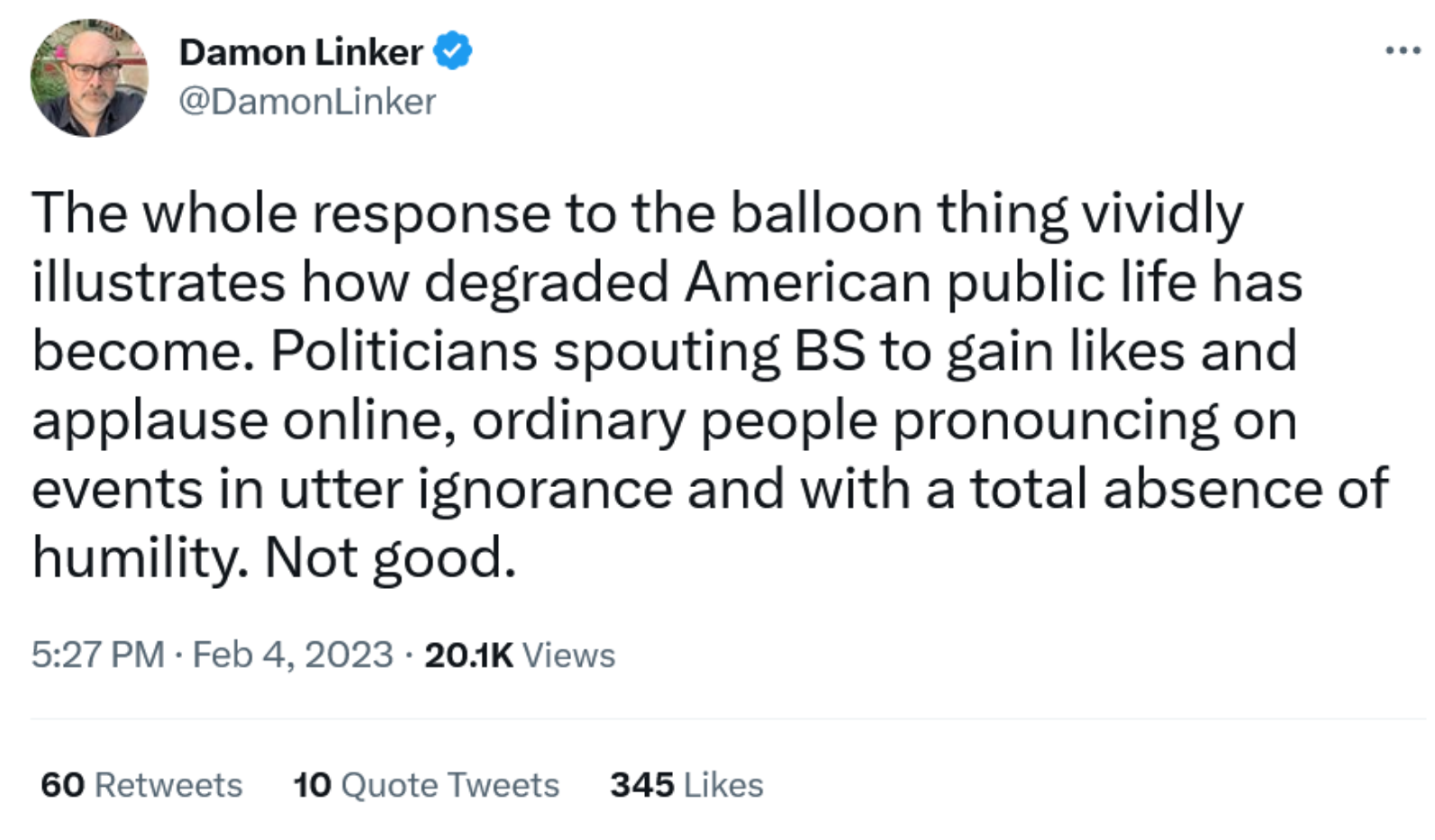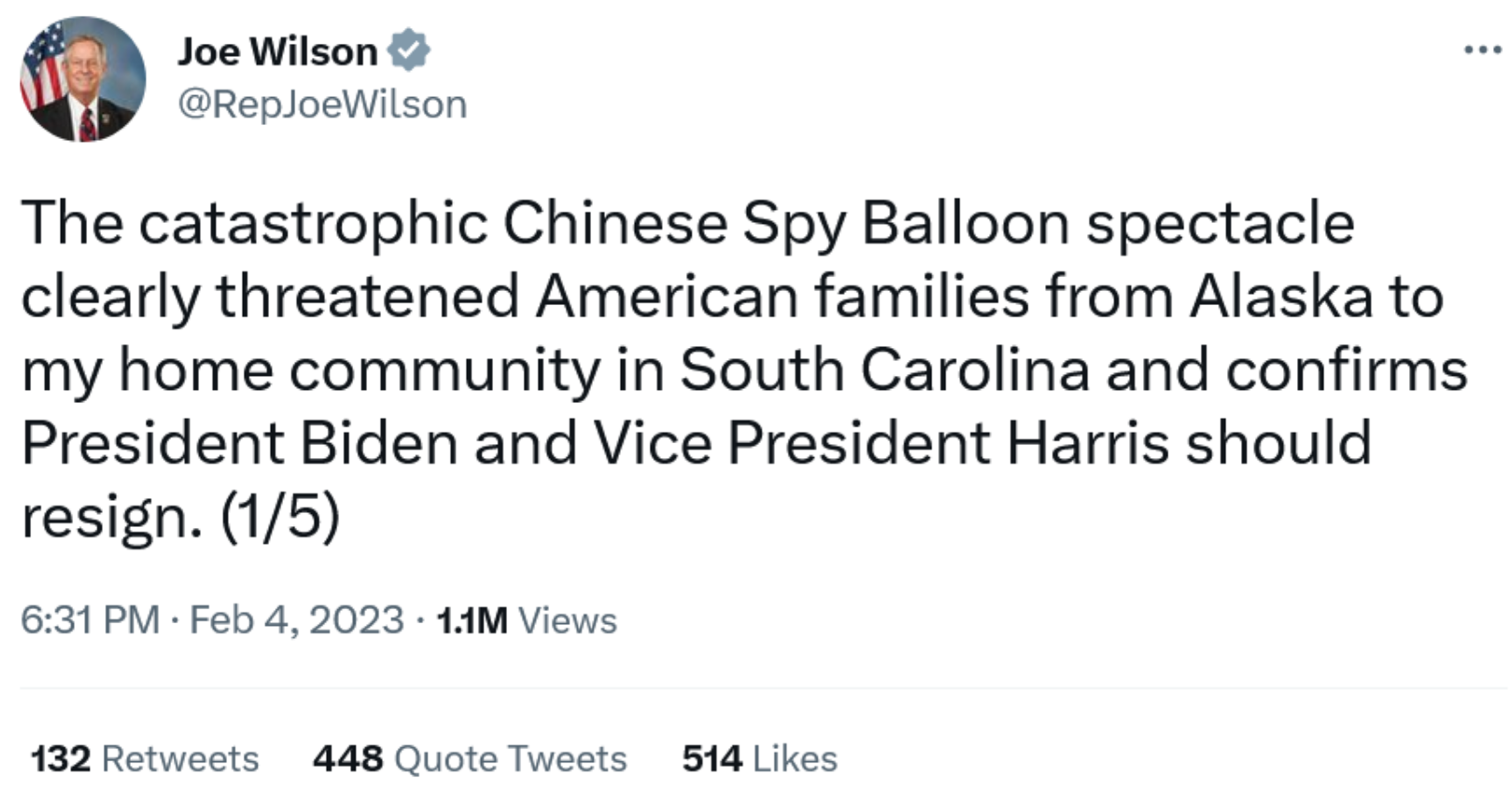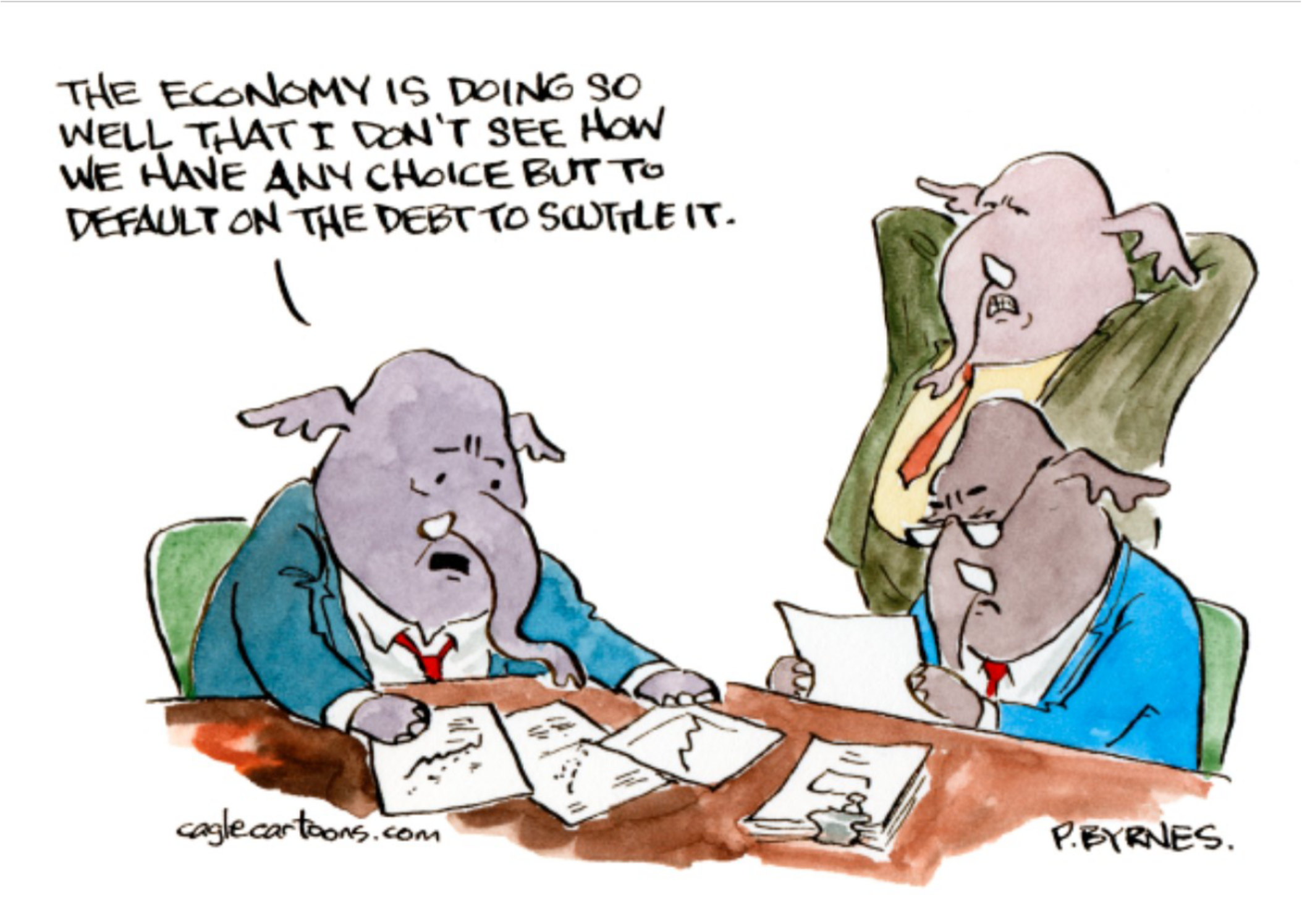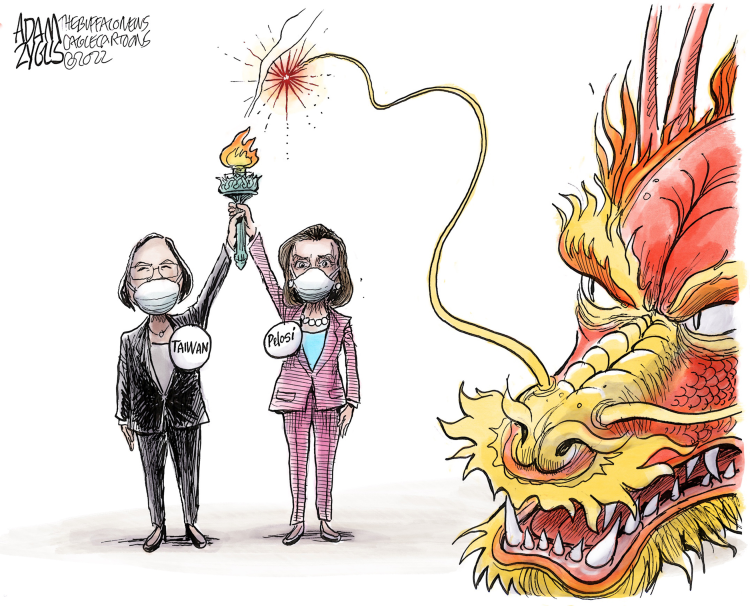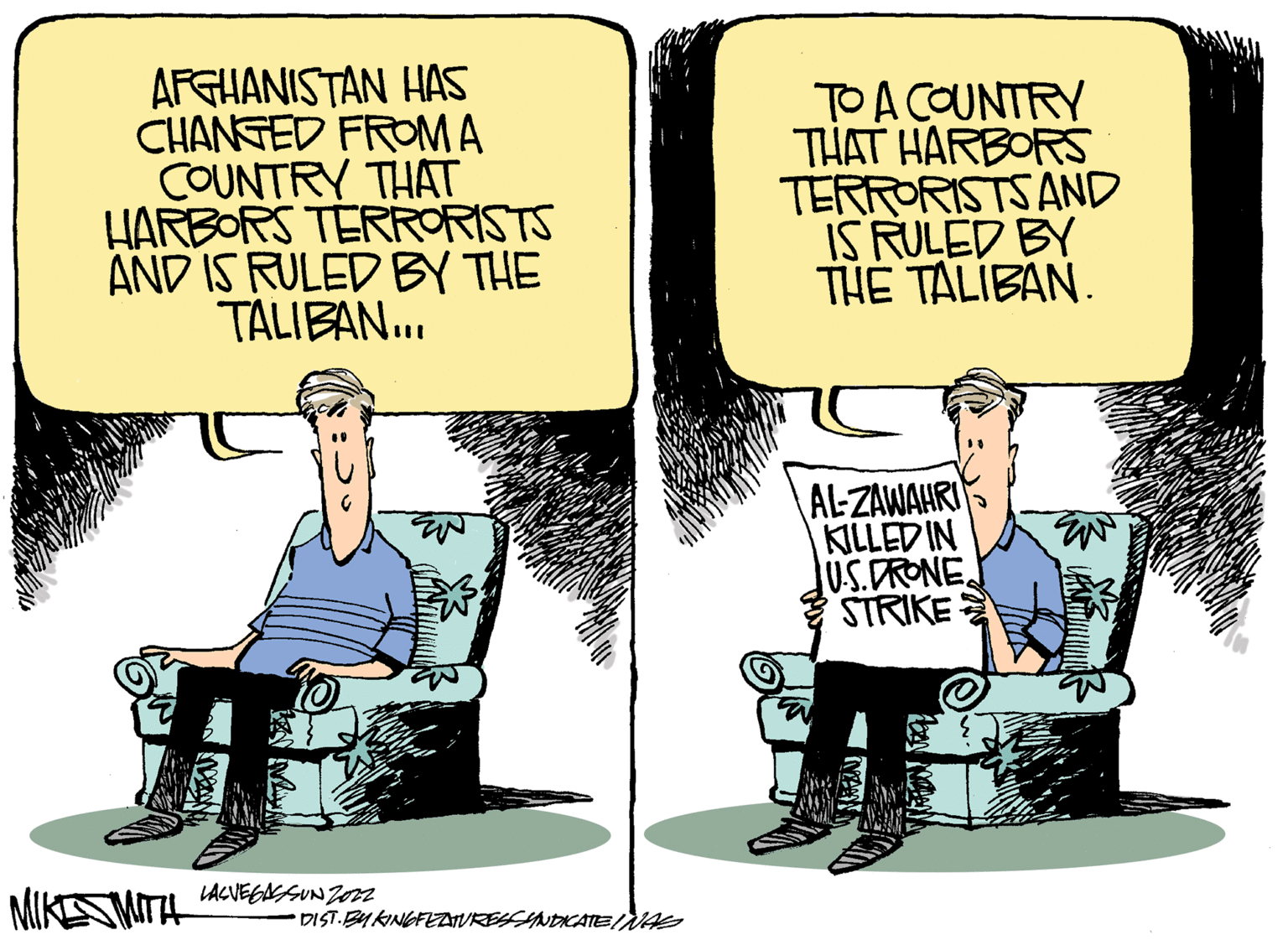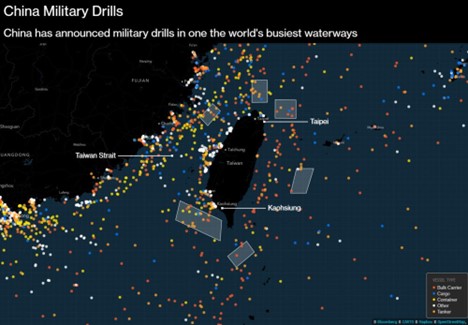The Daily Escape:

Peach trees in bloom, Low Gap, NC – March 2023 photo by Donna Johnson
Springtime brings hope after a dark, cold winter. The clocks leap forward this Sunday. It’s also a time to take stock of the old assumptions that our recent geopolitical strategies are built on. The US is trending in what may be an unsustainable direction in our global politics.
A year ago with Russia’s invasion of Ukraine, America sought to make Ukraine a proxy for the fight between authoritarianism and democratic forms of government. The Ukraine war caused several major changes within Europe and NATO:
- Germany moved away from its strategic energy supplier, Russia.
- NATO became more clearly unified than at any time since its founding.
- The Eastern European members of NATO became the drivers of military engagement on the side of Ukraine.
- The US and NATO have found they do not have the production capability to continue providing military weapons and ammunition at the rate Ukraine is using them.
- This has made it clear that the US and NATO aren’t prepared for a major confrontation with a great power such as China or Russia.
The Ukraine war has precipitated other global consequences. While Russia has become a pariah to Europe, China has become one of Russia’s most important allies.
Many readers won’t remember that 60 years ago, there was a fundamental split between the Soviet Union and China, largely over differences in communist ideology. Over the years, they have slowly moved closer together, driven in part by US policy and by their shared quest for a global reset of geopolitical power.
Now they are willing to work together to dismantle or blunt the US-led world order.
This “alliance of autocracies,” is built on China’s and Russia’s belief that the US’s supremacy is waning. And they are entitled to rule within their own spheres of influence. And to use force if necessary to control those spheres. An alliance between China and Russia brings advantages to both countries. Recent US intelligence says that China may supply Russia with weapons to aid in its war against Ukraine. There is talk of China building a drone factory in Russia to supply its war in Ukraine.
Russia also desperately needs China to stabilize its economy by importing more below-market cost oil, a boon to China’s economy. In June 2022, Russia became the PRC’s largest oil supplier, eclipsing Saudi Arabia. While Russia is betting that Western fatigue will hand them a victory in Ukraine, China is sizing up America’s ability to engage in a faraway battle should China decide to invade Taiwan.
The US is attempting to isolate both China and Russia. With Russia, we’re using ever-tightening economic sanctions. With China, we’re building a geographic containment strategy among our allies in Asia. Containment has been helped by North Korea’s bellicosity against South Korea and Japan, who recently decided to partner militarily, much to China’s distress. The Pentagon has also expanded its bases in the Philippines while shrinking our military footprint in the Middle East.
With US/Russian relations basically clinging to life, prudence should have indicated that the US adopt a more friendly stance toward Beijing. However, we’ve prioritized support for Taiwan over better relations with China. Both the Trump and Biden administrations embraced high tariffs on Chinese imports.
In 2022, Biden added sweeping tech restrictions on China, including a provision barring the PRC from using semiconductor chips made with US tools anywhere in the world. That’s the harshest economic measure leveled against China since the normalization of diplomatic relations in 1979. This hasn’t gone unnoticed by China. China’s new foreign minister said:
“The more unstable the world becomes, the more imperative it is for China and Russia to steadily advance their relations.”
It’s clear that the Russia‐PRC relationship isn’t yet a full‐fledged military alliance, but it’s moving in that direction. And both are friendly with Iran and North Korea, which have also supplied weapons for Russia’s war in Ukraine. It isn’t a great stretch that these four could create a new “axis of evil” that could lead to the West needing to plan to fight two faraway wars simultaneously.
This is at a time when we cannot find enough munitions and weapons to fight one proxy war in Europe.
The odious Henry Kissinger once cautioned that it must be a high priority for the US to make certain that our relations with both Moscow and Beijing were closer than their relations are with each other. But our policy makers have done just the opposite.
While the argument for not continuing a proxy war in Ukraine has merit, Wrongo has argued that Ukraine is a war of necessity because democracy in Europe is what’s really on the line. And, with the 2024 presidential campaign about to start, Republican opposition to the war is growing.
Biden needs to keep what political capital he has, but he also needs to improve our ability to sustain our military support for Ukraine. That may be difficult because America hasn’t developed a solid military strategy for tomorrow’s battles which may well be with one or more of the great powers.
It is more difficult because we’ve spent the last 20+ years using $80 million-dollar planes to drop $400,000 bombs on $25 tents, while still wondering why we didn’t win any of our wars in the Middle East.
Ironically, our geopolitical strategy and the supporting military strategies may have the US in the position of being the midwife bringing a newborn Russia‐PRC military alliance into the world.


